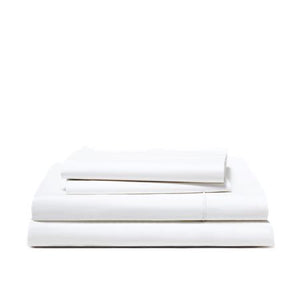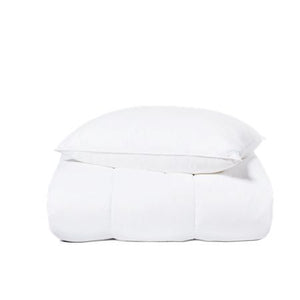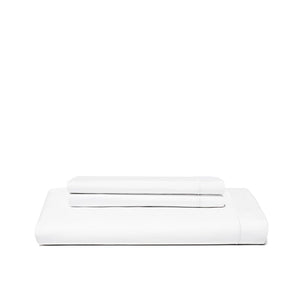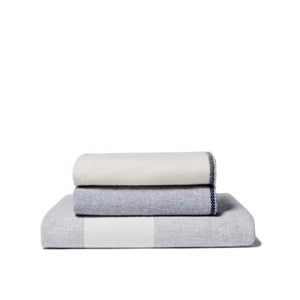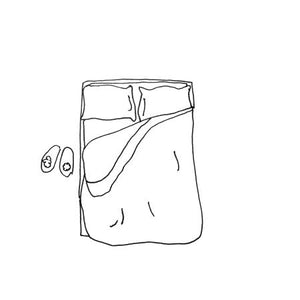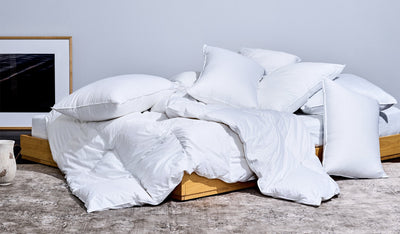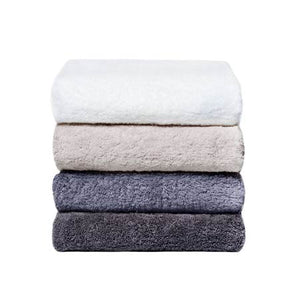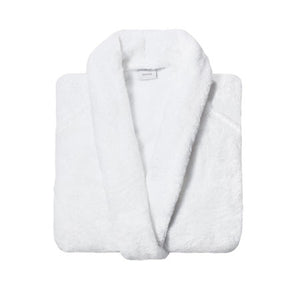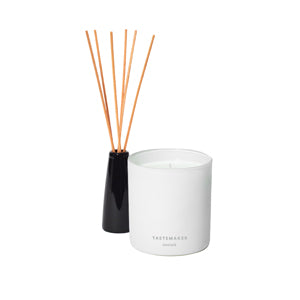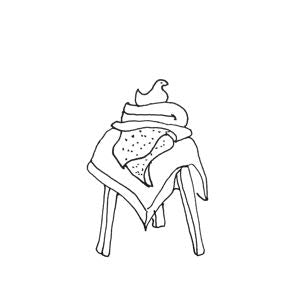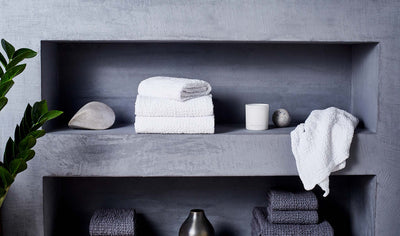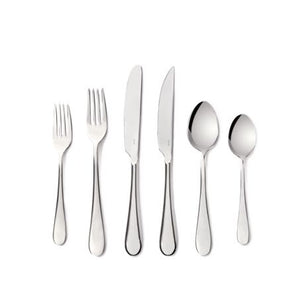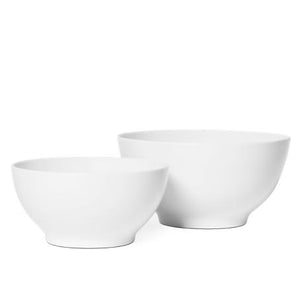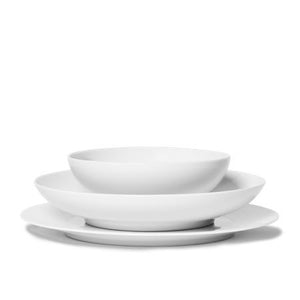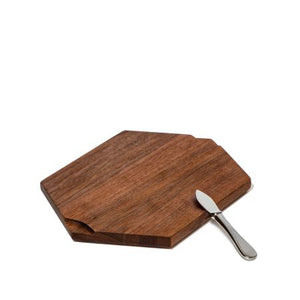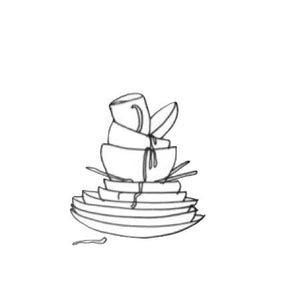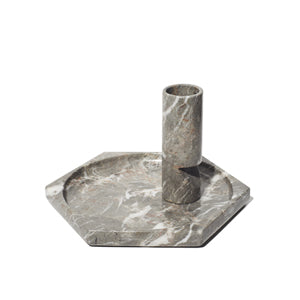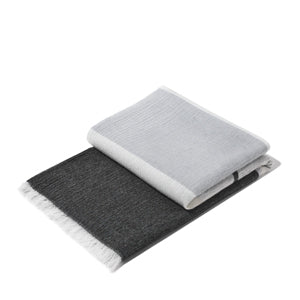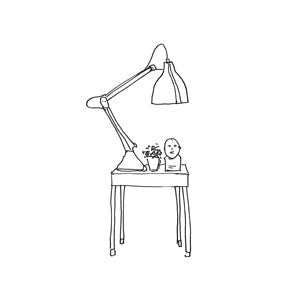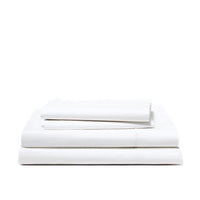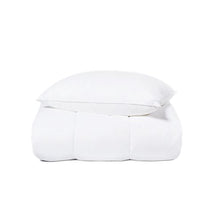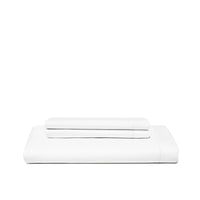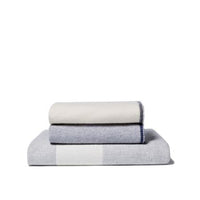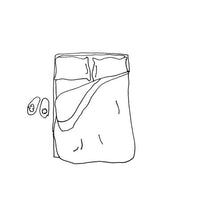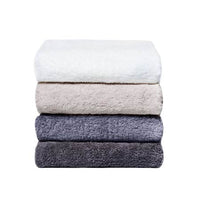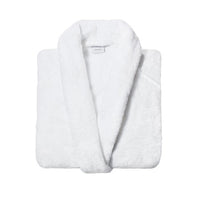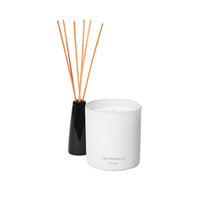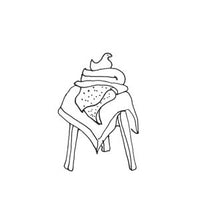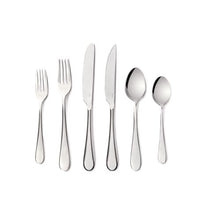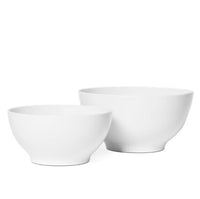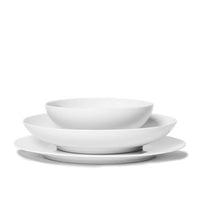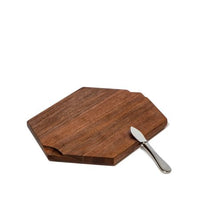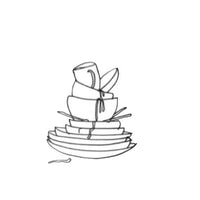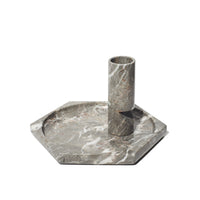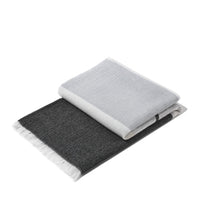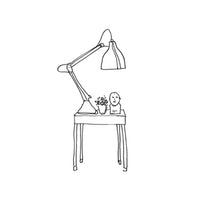Do you have a pile of old pillows lying around your home? Perhaps they've lost their fluffiness, or you've upgraded to new ones, but you're not sure what to do with the old pillows.
Instead of tossing them in the trash, there are several ways you can repurpose or recycle them.
Not only can reusing old pillows save you money, but it's also an eco-friendly option. Plus, if you suffer from allergies, regularly replacing your pillows can help improve your sleep hygiene.
How to Assess the Quality of Older Pillows

When it comes to assessing the quality of older pillows, including Euro pillows, there are a few things to keep in mind.
Pillows can accumulate dust mites, allergens, and dead skin cells over time, which can affect their overall quality.
Here are some tips for evaluating the quality of your older pillows:
Identifying Pillow Lifespan and Replacement
One of the first things to consider when evaluating the quality of your older pillows is their lifespan.
Most pillows have a lifespan of 1-2 years, depending on the quality of the materials used and the frequency of use.
If your pillows are older than 2 years, it may be time to replace them.
To determine whether your pillows need to be replaced, consider the following:
- Do they feel lumpy or flat?
- Do they provide enough support for your head and neck?
- Do they have a musty or stale odor?
- Have they become discolored or stained?
If you answered yes to any of these questions, it may be time to replace your pillows.
Signs of Wear and Tear
Another thing to consider when evaluating the quality of your older pillows is signs of wear and tear.
Over time, pillows can become worn out and lose their shape and support. Here are some signs to look out for:
- Flat or lumpy areas
- Clumping or shifting of the filling
- Tears or holes in the fabric
- Foul odor
If you notice any of these signs, it may be time to replace your pillows. However, if the pillows are still in good condition, you can prolong their lifespan by washing them regularly and using pillow protectors.
Responsible Ways to Dispose Old Pillows

When it is time to say goodbye to your old pillow, it is important to dispose of it responsibly. Here are some options for disposing of your old pillows:
Recycling Options
Many pillows are made of materials that can be recycled, such as polyester and foam.
Check with your local recycling facility to see if they accept pillows.
Some textile recycling facilities also accept pillows for recycling.
If your pillow has a down or feather filling, it may be more difficult to recycle. However, some facilities may accept these types of pillows as well.
Composting Natural Fillings
If your pillow has a natural filling, such as down or feathers, it can be composted.
Simply remove the filling from the pillow and place it in your compost bin. The pillow cover or casing cannot be composted, so it should be disposed of in the trash.
Landfill Considerations
If your pillow cannot be recycled or composted, it should be disposed of in the landfill.
However, before throwing it away, consider the environmental impact.
Pillows take up valuable space in landfills and can take years to decompose. If possible, try to find a recycling or composting option.
Not all recycling facilities accept pillows, and some may charge a fee for recycling them.
Before taking your pillow to a recycling facility, be sure to check their policies and procedures.
Additionally, be sure to properly prepare your pillow for recycling or composting by removing any covers or casings.
Transforming Old Pillows into Custom Pillows

If you have old pillows lying around your home, you can transform them into custom pillows with a little creativity and DIY skills.
Not only will you save money, but you'll also have unique, personalized pillows that add character to your home decor. Here are some ideas to get you started:
DIY Home Projects
Old pillows can be repurposed into unique home decor items.
You can use them to make floor cushions, throw pillows, and even stuffed animals for your kids.
To make a floor cushion, simply sew a pillowcase using fabric of your choice and stuff it with old pillow stuffing.
For throw pillows, you can use the same technique and add embellishments, such as tassels or pom-poms, to give them a new look.
Stuffed animals can be made by cutting and sewing fabric around the old pillow, and adding features such as eyes, ears, and a tail.
Crafting with Pillow Stuffing
If you have a surplus of pillow stuffing, you can use it for various crafting projects.
For example, you can use it as insulation for a drafty window or door.
You can also use it to stuff a tote bag or make rags for cleaning.
Pillow stuffing can even be used as a substitute for batting in quilting or as a filling for outdoor furniture cushions.
Outdoor Uses for Old Pillows
Old pillows can also be repurposed for outdoor use.
You can use them as a cushion for outdoor furniture or as a comfortable seat pad for gardening.
Memory foam pillows can be cut into smaller pieces and used as a filling for outdoor cushions.
Feather pillows can be used to stuff a draft stopper or as a filling for a dog bed.
Cotton pillows can be used as a filling for a floor cushion or to make a pet bed.
How to Maintain a High-Quality Pillow

Washing and Care Instructions
To keep your pillows in good condition, it is essential to follow the washing and care instructions recommended by the manufacturer.
Most pillows can be machine washed, but it is important to check the care label to ensure that you are washing them correctly.
When washing your pillows, it is recommended to use a gentle cycle with warm water and a mild detergent.
Avoid using bleach or fabric softeners as they can damage the pillow's fibers.
To prevent clumping, it is advisable to add a few clean towels to the washing machine during the cycle.
After washing, it is important to dry your pillows thoroughly to prevent mold and mildew growth.
You can either air dry them or use a low heat setting in the dryer.
It is important to avoid high heat settings as they can damage the pillow's fibers and cause them to lose their shape.
Extending Pillow Life
To extend the life of your pillows, it is important to take proper care of them. Here are some tips that can help you keep your pillows in good condition:
- Use pillowcases and bedding to protect your pillows from stains and dirt.
- Fluff your pillows regularly to prevent clumping and maintain their shape.
- Replace your pillows every 1-2 years, or when they start to lose their shape and support.
- Invest in high-quality pillows that are designed to provide better sleep and reduce neck and shoulder pain.
Conclusion
Repurposing old pillows not only offers creative opportunities but also contributes positively to environmental sustainability. Whether you choose to transform them into custom décor pieces through DIY projects or responsibly recycle them using composting or recycling options, you're making a significant impact. These alternatives not only reduce waste but also inspire innovative uses for household items, fostering a more eco-conscious lifestyle.
To enhance your comfort and support, consider replacing your old pillows with our premium pillow collection. Crafted with your needs in mind, our pillows are designed to provide superior comfort and durability. Join us in promoting sustainability while upgrading your sleep experience with pillows that offer both quality and peace of mind.
Frequently Asked Question
Why should I change my old pillows?
Regularly changing old pillows helps maintain hygiene by reducing allergens and dust mites accumulation, ensuring a healthier sleep environment and minimizing allergy symptoms.
What are the benefits of investing in high-quality pillows?
Investing in high-quality pillows offers superior support, durability, and comfort. They promote better spinal alignment, reduce neck and shoulder discomfort, and enhance overall sleep quality for a more rejuvenating rest.
What are the potential effects of using an old pillow?
Using an old pillow can have several negative effects on your health and sleep quality. Over time, pillows accumulate dust mites, allergens, and dead skin cells, which can trigger allergies and respiratory issues. An old pillow can lose its shape and support, leading to neck and back pain due to improper alignment during sleep. Additionally, worn-out pillows may not provide adequate comfort, resulting in restless nights and poor sleep quality.
Can high-quality pillows help with sleep quality?
Yes, high-quality pillows are designed to provide better support and comfort, which can help improve sleep quality. They reduce tossing and turning, promote deeper sleep cycles, and contribute to overall well-being and daytime alertness.
